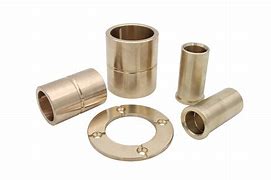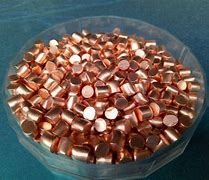Ever wonder about the tiny spirals on metal pipes? That’s threading. Copper pipes don’t naturally come with these ridges. We must add them. Why? Threads let pipes screw together tightly. They create strong, leak-proof connections. Plumbers and DIYers rely on threaded joints every day.
(What Thread Is Copper Pipe)
Copper pipes carry water and gas in homes. They resist rust and handle heat well. But copper is soft. Cutting threads directly into soft copper risks damage. The metal can tear or warp. This leads to leaks or weak spots. So we often use other connection methods for copper.
Soldering is a common choice. It melts special metal between pipe joints. The melted metal cools and seals the gap. This method works great for water lines. It creates smooth, permanent bonds. But soldering needs a torch and skill. It isn’t right for gas lines or tight spaces.
Compression fittings offer another solution. These use a nut and a ring. You slide the nut onto the pipe. Then you add the ring. Tightening the nut squeezes the ring against the pipe and fitting. This seals the connection without heat or threads. It’s simple and safe for beginners.
Flare fittings work similarly. You shape the pipe end into a flared cone. A special tool does this. Then a nut and fitting press the flare into place. This method suits gas lines and high-pressure systems. It holds firm under stress.
But sometimes threads are necessary. Maybe you connect copper to a threaded steel valve. Or you need a joint you can take apart later. Here’s how we thread copper pipes safely. First, we add a threaded adapter. These adapters have threads on one end. The other end stays smooth for soldering or compression. We attach the smooth end to the copper pipe. The threaded end then screws into whatever we need.
Another trick uses a short steel nipple. Steel threads are stronger. We screw the steel nipple into a valve or fixture. Then we join the copper pipe to the nipple’s other end. This protects the soft copper from threading stress.
Special tools exist for direct copper threading. A die cuts threads into the pipe end. But this requires caution. Use sharp dies and go slowly. Support the pipe well. Lubricate the die to reduce friction. Even then, threaded copper joints are less common. They are backup plans, not first choices.
(What Thread Is Copper Pipe)
Threads keep our pipe systems secure. With copper, we often choose gentler methods. But when threads are needed, adapters and steel helpers save the day. Understanding these options helps you build safer, lasting plumbing.
Inquiry us
if you want to want to know more, please feel free to contact us. (nanotrun@yahoo.com)



